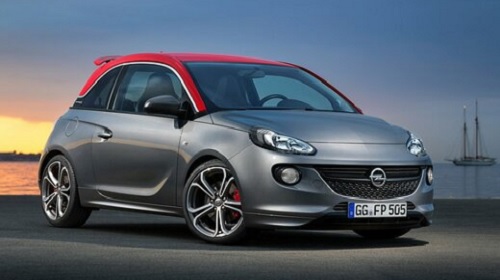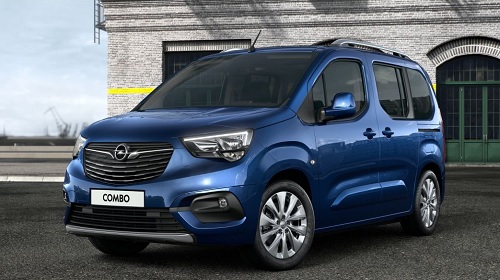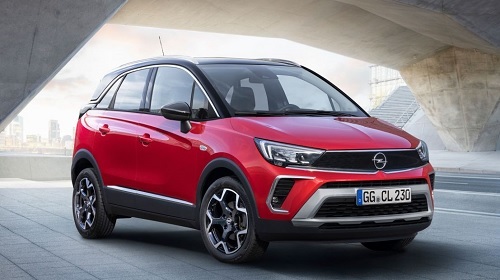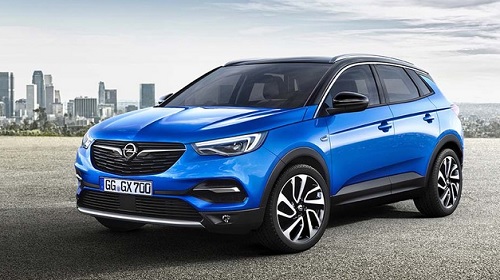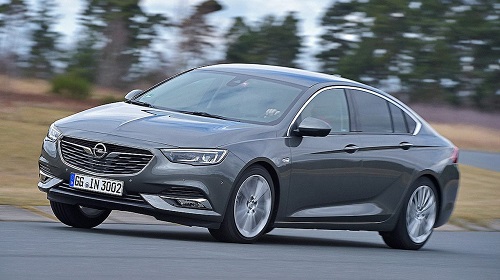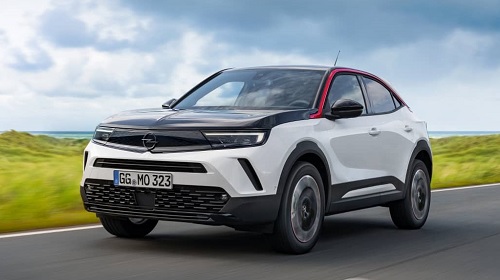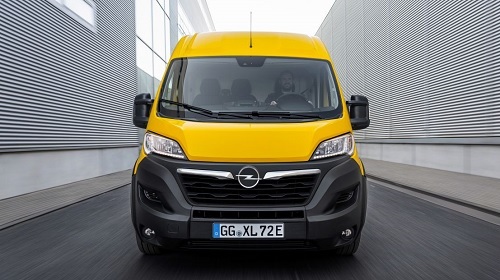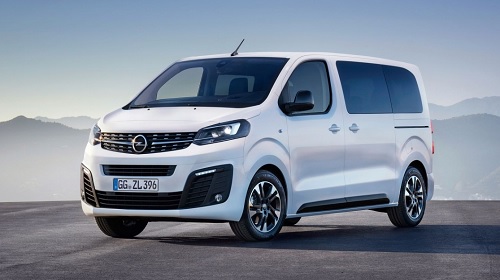
Opel: Driving Innovation with Style and Precision
Opel Automobile GmbH is a German car manufacturer. Headquartered in Rüsselsheim am Main, Hesse. Germany. Since 1929 Opel has belonged to General Motors. And in 2017 it was bought by Groupe PSA - Stellantis.
Opel Models
History of the brand Opel
Adam Opel Sewing Machine Factory.
The history of Opel begins in 1862, when the German entrepreneur Adam Opel built the first Opel sewing machine. And in 1863, in his father's barn, he opened a small enterprise for the production of sewing machines. In 1968, the Adam Opel Factory was already built, and in subsequent years tens of thousands of sewing machines were sold. In 1895, Adam Opel died leaving the company to his wife and sons. At the beginning of the 20th century, sales of Opel sewing machines dropped dramatically because the market was oversaturated. In 1911, a fire broke out at the factory, after which it was decided to stop the production of sewing machines.

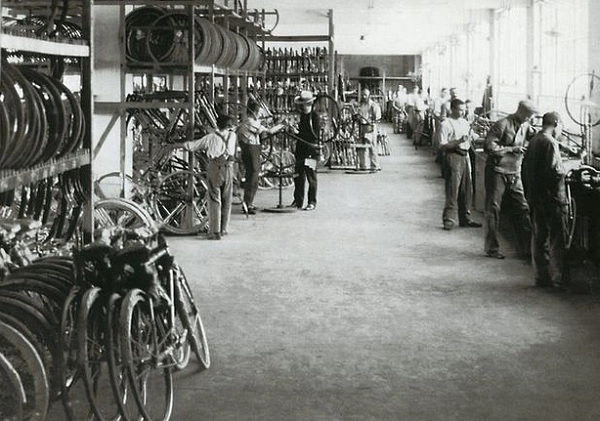
Opel and bicycles.
Adam Opel's sons were bicycle enthusiasts and were eventually able to persuade their father to invest in bicycle production. And in 1886 the first Opel bicycle was produced, and in 1998, for example, 15 thousand bicycles were sold. After a fire at the factory in 1911, there was a break in the production of bicycles, but already in 1912, production was resumed. And by 1920, Opel had become the largest manufacturer of bicycles and mopeds in the world. In 1936, Opel's bicycle business was sold
First Opel car.
Adam Opel himself never intended to produce cars, but three years after his death, Sophie Opel, on the advice of her sons, decided to build cars. In 1899, a joint venture was formed with the automotive pioneer Friedrich Lutzmann. And in the same year the first car Opel-Lutzmann was built. However, they could not compete with the then highly developed French cars, so the production of cars was stopped for a while.

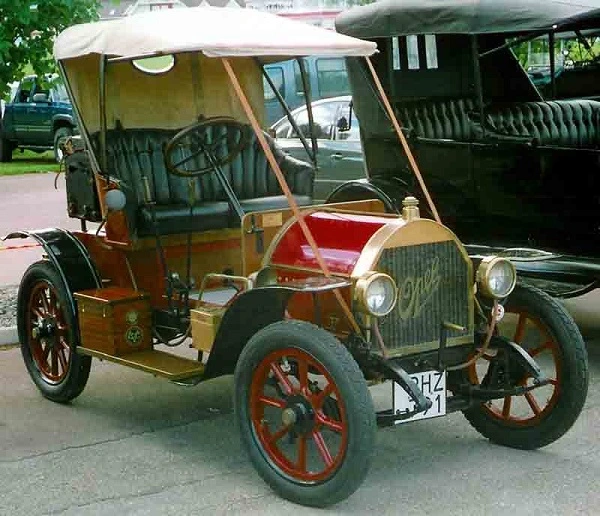
Opel's own cars.
From 1902 to 1907, Opel collaborated with the French company Automobiles Darracq S.A, which supplied Germany with chassis with motors, on which Opel put original bodies. These cars were sold under the name Opel-Darracq. However, in 1902, Opel also developed its own car - 10/12 PS. Also very popular was the Opel 4/8 PS, produced in 1909, a two-seat convertible that many doctors used for home visits, for which he quickly received the nickname - Doctor's car. And in 1912, for example, more than 3 thousand cars were built. It was also around this time that Opel began making motorcycles and trucks.
Opel and General Motors.
By 1928, Opel had become the largest car manufacturer in Germany, accounting for 44% of all cars. And in 1929, Wilhelm von Opel and his brother Friedrich Opel sold 80% of Opel shares to the American automobile group General Motors. And by 1931, Opel was completely under the control of General Motors. The reason for the sale was the economic crisis and the sale price was US$33 million or 154 million Reichsmarks. The Opel brothers remained members of the Supervisory Board, with Fritz von Opel heading it. In addition, the Opel name and independent model policy were retained.
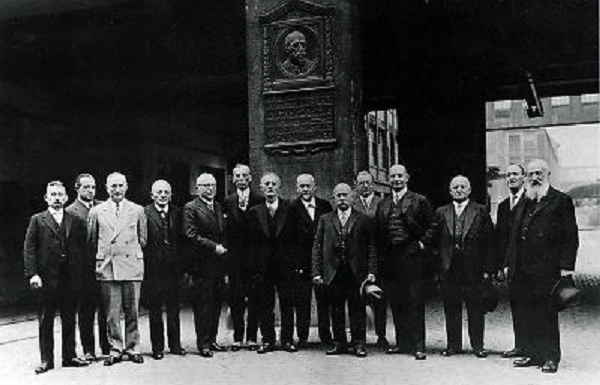
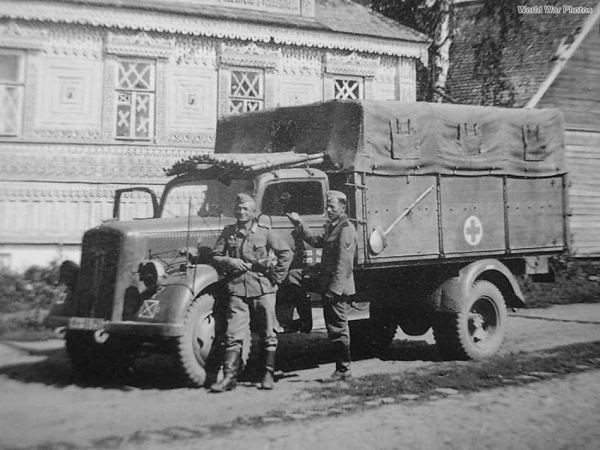
Opel and World War II.
After the NSDAP led by Hitler seized power in 1933, General Motors did not leave Germany. Until 1936, key positions were filled by the National Socialists, and the workers Jews were fired or transferred to the USA. During World War II, the company produced the most important Wehrmacht truck, the 3-ton Blitz S truck. In addition, the Rüsselsheim plant also produced engines, parts for missiles and torpedoes, as well as components for the Junkers Ju 88 and Messerschmitt Me 262. Opel had workshops in Warsaw and Riga to repair military equipment used on the Eastern Front.
Opel and forced labor.
Unlike other German car companies, Opel refused to hire concentration camp prisoners, and resorted to forced labor. In addition, since 1933, workers have been constantly subjected to the terror of fascist factory security. In 1942, for example, 52 percent of the 4,000 workers at the Brandenburg truck factory were foreign forced laborers, at the Rüsselsheim factory 20 percent of the 18,500, other sources say - 35 percent.
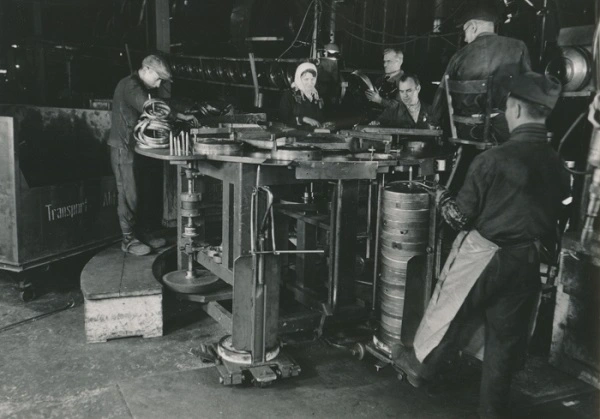
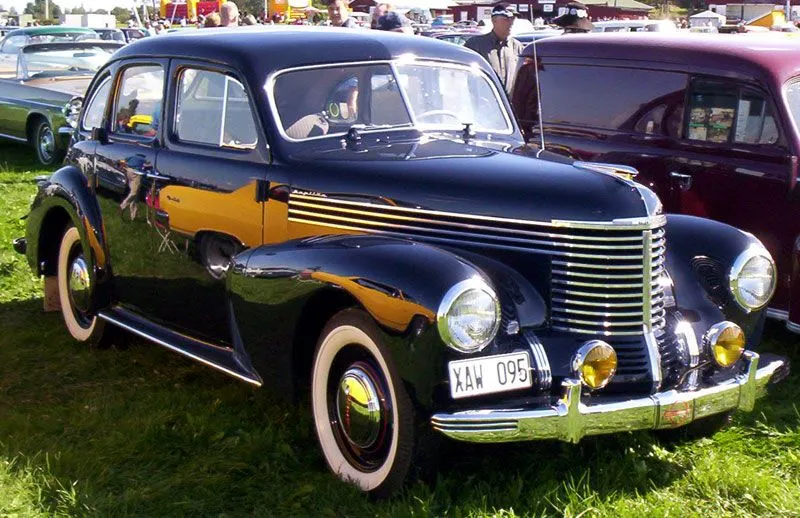
Opel after World War II.
In the summer of 1944, Opel factories were badly damaged by Allied bombing raids, and the truck factory in Brandenburg was dismantled. In 1945, at the only remaining Opel plant in Rüsselsheim, on behalf of the authorities of the American zone of occupation, cars were repaired, mainly Opel. Opel's first post-war car was the Blitz truck, released in 1946. The Opel truck plant in Brandenburg and the Rüsselsheim plant for the production of the Opel Kadett were taken to the Soviet Union as reparations in 1946. And only in 1947, Opel was able to resume car production in Rüsselsheim. The first successful model was the Opel Olympia, followed in 1948 by the Opel Kapitan..
Opel today.
In 1962, Opel opens a second plant in Bochum, where the Opel Kadett is produced. In the same years, Opel releases new models - Commodore, Manta and sports GT. By 1971, 10 million cars had already been produced, and Opel again became the leader of the automotive market in Germany. By 1999, 50 million cars, and in the same year the debut of the minivan Opel Zafira. In the 21st century, Opel launches new models - Meriva, Signum, Insignia, ... . A new ECOTEC engine has also been developed. However, despite the new lineup and technology, Opel Europe continued to generate billion dollar losses for General Motors. In 2009, General Motors wanted to sell Opel, the buyer was the international consortium Magna International and the Russian Sberbank. However, the deal fell through because General Motors and the US government feared that Russia might gain access to the American company's technology. And only in 2017, Opel was still sold to the concern PSA Group - Sellantis.

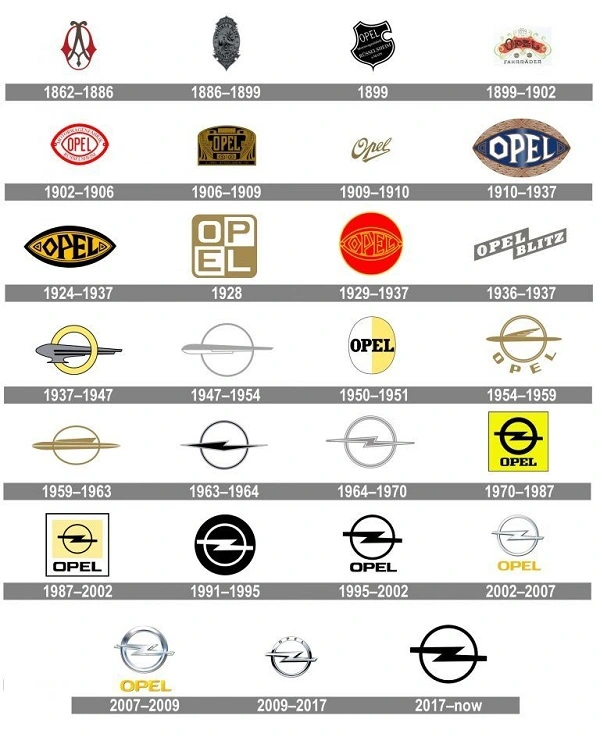
History of the Opel logo.
The first Opel logo means initials of Adam Opel, a burgundy letter A inside a scarlet letter O. In 1886, with the start of the production of bicycles, a logo appears - a cyclist and an angel flying above him, with the inscription - Victoria Blitz - which in translation means Lightning Victory. In 1902, with the release of motorcycles, a logo appears with the inscription - Motorwagenfabrik, which was also installed on the first cars. In 1906, an Egyptian-style logo with the inscription OPEL RUSSELHEIM. In 1909 there was a simple logo with the text Opel, and from 1910 in the shape of an eye. In 1937, the airship flying through the letter O appeared in the Opel logo. And the logo that we know today appeared in 1963, thanks to Blitz trucks - which means lightning. Over the years, the design of the logo has changed, but the basis has remained the same - lightning and the letter O. Blitz and Opel.
eXus Dev 24.5.2023
Opel - Reviews
---
Wenn ich deinen Artikel lese, bekomme ich den Eindruck, dass General Motors und Amerika, obwohl sie nicht mit den Nazis kooperierten oder ihnen halfen, dennoch mit ihnen zusammenarbeiteten. Ich wollte nur hinzufügen, dass 1941 der letzte amerikanische Manager Opel verließ, und bereits 1942, nachdem Deutschland Amerika den Krieg erklärt hatte, wurde Opel aus der Bilanz von General Motors als Vermögenswert im Land des Angreifers abgeschrieben. Und deshalb denke ich, dass GM, vertreten durch Amerika oder die Amerikaner, nichts mit den Verbrechen der Nazis zu tun hat. Dies ist meine Meinung ... und danke für den Beitrag.

